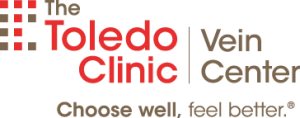FAQ’S
Frequently Asked Questions
What is venous disease? How common is it?
Venous disease is a very common health condition, with over 40 million people affected in the U.S. Venous disease affects both men and women of all ages and risk increases with advancing age. Factors which may increase risk of venous disease include genetic predisposition (family history), jobs requiring prolonged standing, pregnancy, and environmental risks, among others.
What are symptoms of venous disease?
Pooling of blood in the legs secondary to venous disease may lead to a variety of symptoms, including:
- Swelling
- Leg aching and cramps
- Spider veins
- Itching, numbness or tingling
- Leg heaviness
- Spontaneous bleeding from varicose veins
- Restless legs
- Skin ulcers
- Hyperpigmentation- brownish discoloration of the skin
What are the common risk factors for venous disease?
Common risk factors for varicose veins, venous disease and venous insufficiency include:
- Female
- Pregnancy
- Obesity
- Family history of Varicose Veins and Venous Disease
- History of Phlebitis or deep vein thrombosis (DVT)
- Jobs that requires standing for long periods
- History of leg trauma
How do I know I need vein treatment?
How do I know which treatment is best for me and how many treatments will I need?
Treatment plans are discussed during the consultation. All treatment plans are individualized and based upon a variety of factors, including your symptoms, vein anatomy, and most importantly, the severity of vein disease. Likewise, the number of treatments required is also individualized and may be variable.
